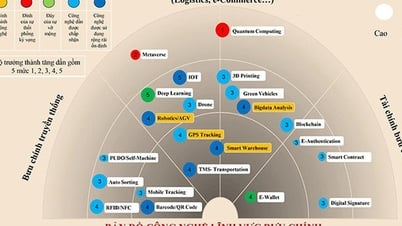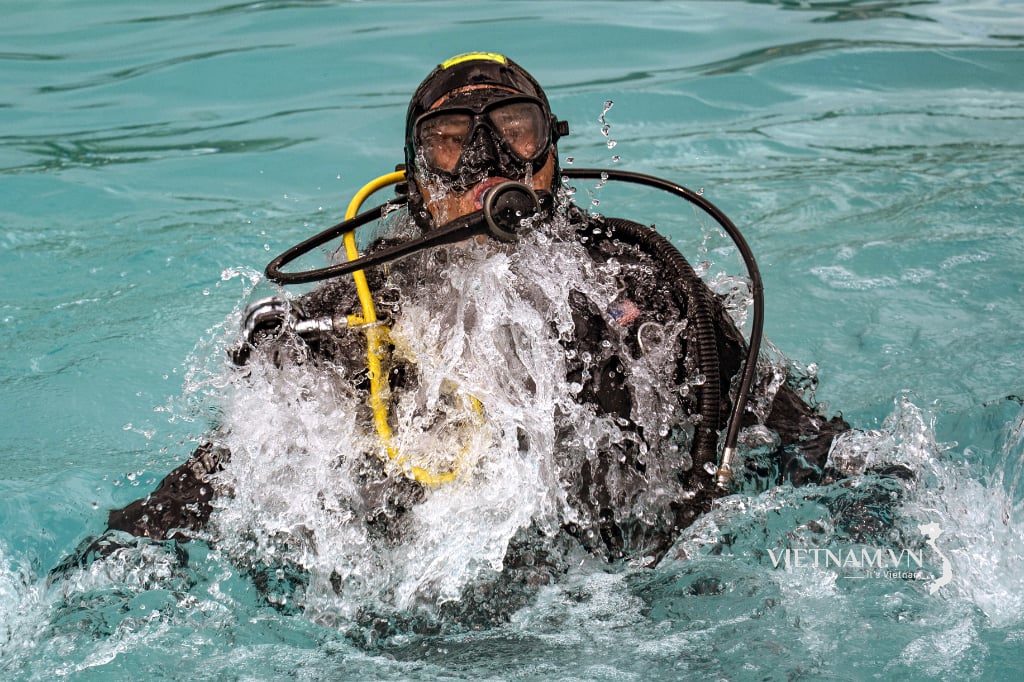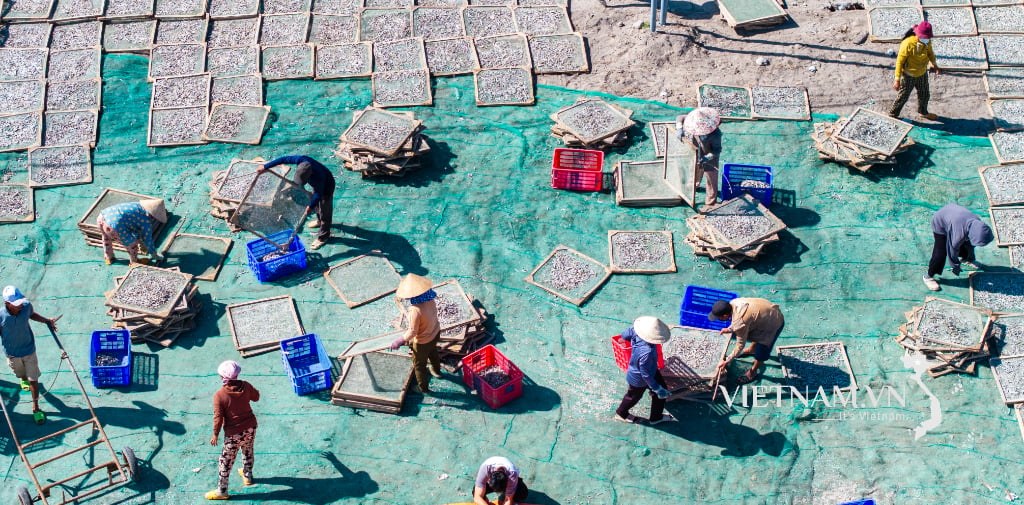Accordingly, the EU will send warships to this sea area to ensure security for passing ships against the risk of being attacked or captured by Houthi forces in Yemen.
In the Red Sea, the US and more than 20 other countries have joined forces with similar goals. In addition, the US and UK, along with a number of other allies, have conducted numerous airstrikes on the Houthi faction inside Yemen.

Houthi members in Sanaa (Yemen)
The military confrontation between the Houthis and the above military alliance is one of the direct consequences of the Hamas-Israel conflict. It can be seen that the security risk for the EU is very high when this bloc sends warships to the Red Sea. Although having the same goals and operating areas, the EU acts separately and does not join the alliance that the US has established. The EU also firmly refuses to participate in military operations attacking the Houthis. That is, the EU affirms that it only aims to ensure freedom of navigation and does not seek conflict with the Houthis. In fact, the big risk for the EU is getting into a direct clash with the Houthis and then getting bogged down in politics , military and security.
The EU knows this, but it still acts because the Red Sea shipping route is so important to the bloc. More than 40% of the EU’s annual trade with Asia and the Middle East is transported through this area. In addition, the EU wants to build a global political and security role, so it must directly participate in the world political and security game. The Red Sea is currently shaping a new game, so the EU cannot ignore it.
Source link



































































































Comment (0)